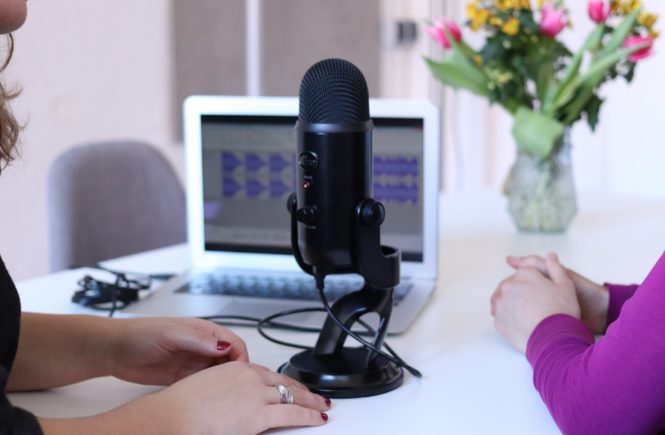When constructing a template for your website, media releases, resume, and other important documents to showcase your brand, a consistent, well-thought out, cohesive color scheme and design is essential. But where do you start if you have zero graphic design experience?
Of course, you should start with our Style Guide kit, aimed specifically at helping you pinpoint what colors, symbols, and messages you want to present with your brand. But what about when it’s time to actually build that logo and slap it across all the documents, emails, et al coming out of your business?
Free online graphic design tools like Canva are a great place to get your feet wet with design, but with a growing business, and therefore, a growing personal brand, you might quickly outgrow something like Canva and need to invest in a more professional and complex graphic design tool, such as the Adobe Creative Suite.
Three well-known Adobe programs graphic designers typically use are Illustrator, InDesign, and Photoshop. Illustrator and Photoshop are ideal for photo manipulation and nitty gritty, specific designs, whereas InDesign pulls tools from each program in the Adobe Creative Suite and puts into one program, making it more user-friendly. Additionally, InDesign offers templates for specific types of graphic design, which is why I would recommend InDesign after you get comfortable using a program like Canva.
There is, overall, no one-size fits all approach to graphic design when it comes to small businesses. Some bigger businesses hire freelance graphic designers to come in and design their brand. This may be plausible once your business gets more momentum. But in the meantime, it’s time for you to learn the basics of graphic design yourself as part of your DIY public relations.
For more guidance, check out our kit here!
Read as published on PressReady.io




